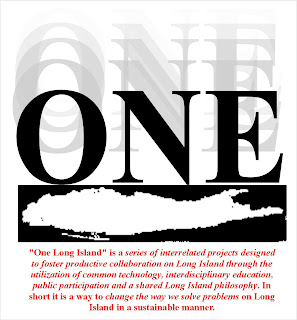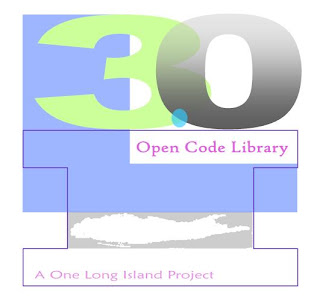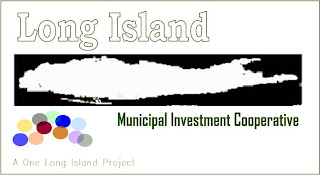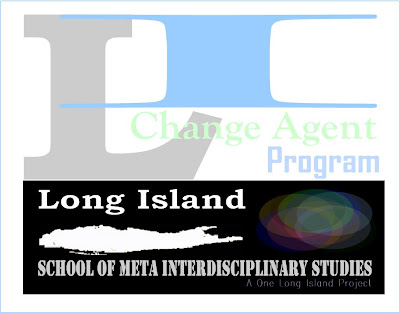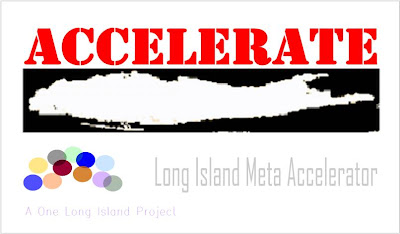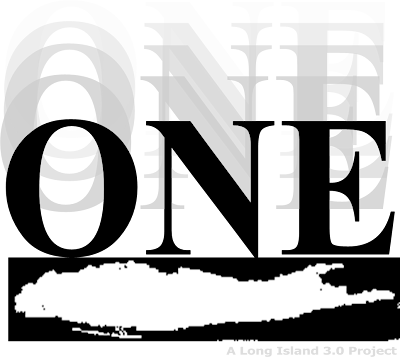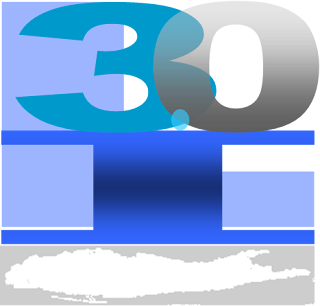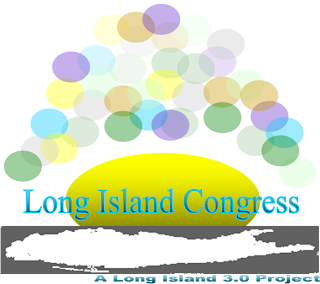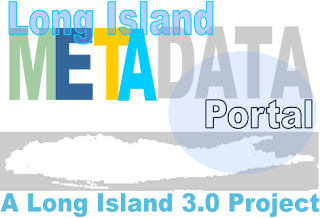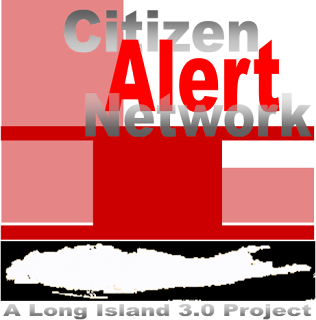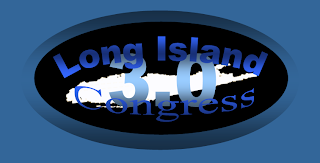

 We've posted previously about a dynamic legislative process and the need for a flexible "standard or normalized language" to be established in order to better coordinate policies and programs.
We've posted previously about a dynamic legislative process and the need for a flexible "standard or normalized language" to be established in order to better coordinate policies and programs.Generally we've restrained ourselves to the issues on Long Island and New York State (although the general principles we promote are applicable in many, if not all regions).
So the trick is to lessen the "gamesmanship" of policy making and promote a clear, rational model instead. Although some might say that the "gamesmanship" is what makes politics exciting and fun as well as giving the media and endless source of content. Nevertheless, we will go forward with our somewhat boring version of how to restructure our environment in order to be more productive.
Yes, but aren't you engaging in "social engineering" one might ask. Well, no unless you believe the public is incapable of creating a better model for itself than the one that currently exists.
No, I'm not talking about a "revolutionary idea" here. We are just taking elements of what currently exists and reconfiguring them in a way to be more productive and to create an dynamic environment (one that can quickly react and adapt to changes in the environment).
So how to create this "meta-democracy" with a minimum of disruption but with an eye towards the future?
Tough, but not impossible.
Let's not get hung up over issues like "term limits" because in reality the system dictates how people react not how long they've been in office. Yes the longer you're there the better you get at the "game" but we are suggesting that the game no longer works.
First, standardize or normalize in a dynamic and flexible manner "technical language" whether legislative, Internet or other. Language (in the broadest sense of the word) utilized by government should not look or behave differently whether it is at the local, state or federal level. A key element in public participation is the use of plain language and procedures to help coordinate and foster collaboration across the real and sometimes artificial boundaries we've established over the years. No, I'm not talking about "dumbing down" the language, but as it stands now it is getting in the way of active, real debate.
Out of time today .. more in Part III.


